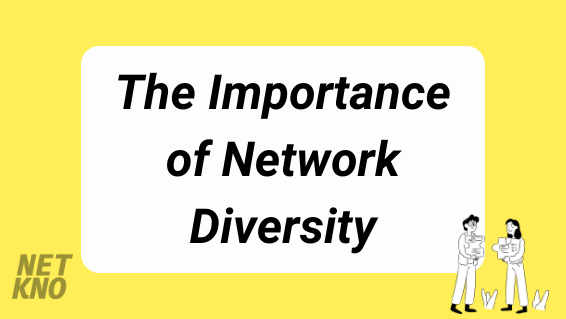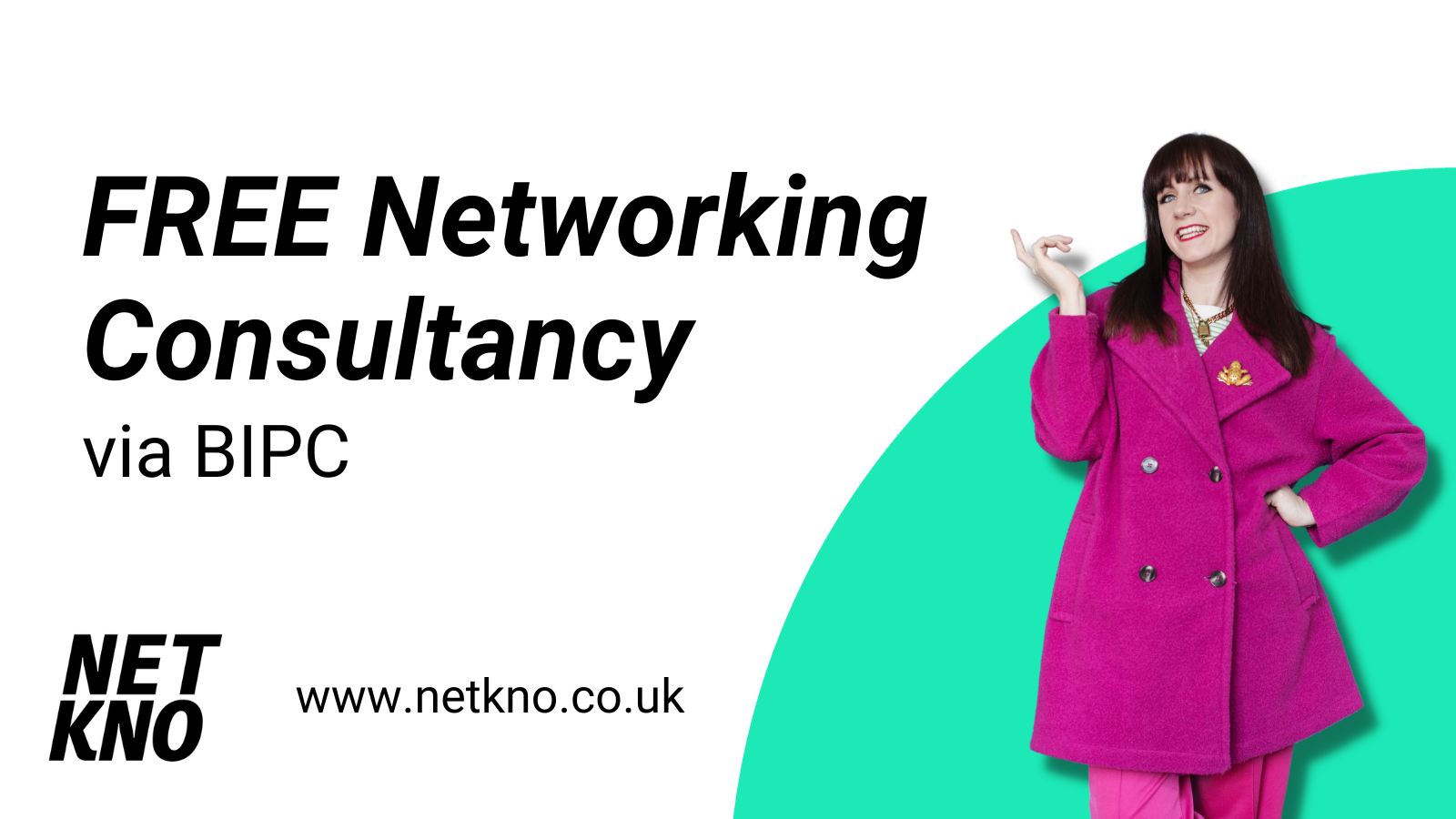It’s a good thing to have a diverse workforce, right, but why is that? What’s the point of striving for diversity in your business?
Because it shows we’re fair.
Because it shows we’re inclusive.
Because there are boxes we have to tick that show we’re hitting our diversity quota.
All of the above might be true, but actually the real reason businesses should have diversity is to give them a greater view of the world, which in tern makes their business better!
It makes their products better. Their services better. Their processes better. Their customer experience is better. The whole thing is simply better!
I think of it as like Catchphrase, the retro TV show that made a come-back a couple of years ago. Well there’s a bonus round where you get to remove one square to help reveal a picture underneath and you have to guess what the catch phrase for that picture is:
It can take a while, depending on the square you remove, but eventually the bigger picture is revealed and the catchphrase is pretty obvious.
Diversity’s just like this; everyone sees the world differently based on their own personal experiences, we can all see what’s behind just one square.
When we come together and share what we see, we can put those points of view together to give a greater view of the world. This results in things like increased creativity, problem solving, innovation, knowledge transference, skills development and so much more!
Companies become more profitable, they improve employee engagement, and reduce staff turnover keeping the talent they have long-term.
This concept doesn’t, and shouldn’t, just apply to large organisations though. It should be applied by individuals to their own personal network.
Think about your network.
Who’s there? Who would you class as a friend? Who’s in your tribe? Who do you engage with most within your professional network? Who would you call upon for advice and support?
Odd’s are the people in your network are pretty similar to you, and that’s completely normal! We are drawn to people who share the same views as us, when we have things in common with others it helps build trust so of course we end up with a network of pretty similar people.
Techies like to network with techies, academics with academics, engineers with engineers, and creatives with creatives: it’s because we all speak the same language. We have things in common and the conversations are more comfortable.
But what is that doing for your business?
If you’re only networking with people who see the world the same way you do what will you learn from each other? How can you see more of the bigger picture when your network sees the same small part of it as you? If you ask for someones opinion, but that someone thinks the same way as you, how can you expect to get an alternative response that the one you already have?
It’s time to diversify your network!
Surely if diversity is applied to your network then all the amazing benefits that organisational get from it you should get too: you’d be more creative, innovative, up-skill yourself and learn new things.
You’d see a much bigger picture of the world and create better products and services as a result!
Some of my favourite people within my professional network are absolutely nothing like me. Their brains are programmed differently which I find utterly fascinating for one, but they also make amazing sounding boards. They’re great people to pick up the phone to and ask for feedback or advice, because 99% of the time they’ll see things totally differently from me. They’ll help me think of the problem from a different point of view, or even notice problems I didn’t even see were there! And that’s exactly what I need to help me do things better.
So what can you do? Network outside of your comfort zone, meet people outside of your tribe and talk to a diverse range of people. I know it’s difficult right now but there are still so many ways you can be networking remotely (see my Top 5 Tips for remote networking HERE).
Join LinkedIn Groups that are based around a new topics for you such as AI, advanced manufacturing, graphic design or fishing then consume the content being shared. Attend virtual networking events hosted from new cities or event countries and see who you meet. Follow new #’s on LinkedIn or Twitter and see what kind of content appears and the different people sharing it.
Give it a couple of week and see what kind of an effect is has on you, your ideas, and your business.
If you’re not sure how or where to network I’d love to help (that’s what I’m here for!) – get in touch at [email protected] and can take it from there.
To learn more about networking techniques check our our online courses HERE, or subscribe to our YouTube channel which is FULL of networking tips and training HERE!



